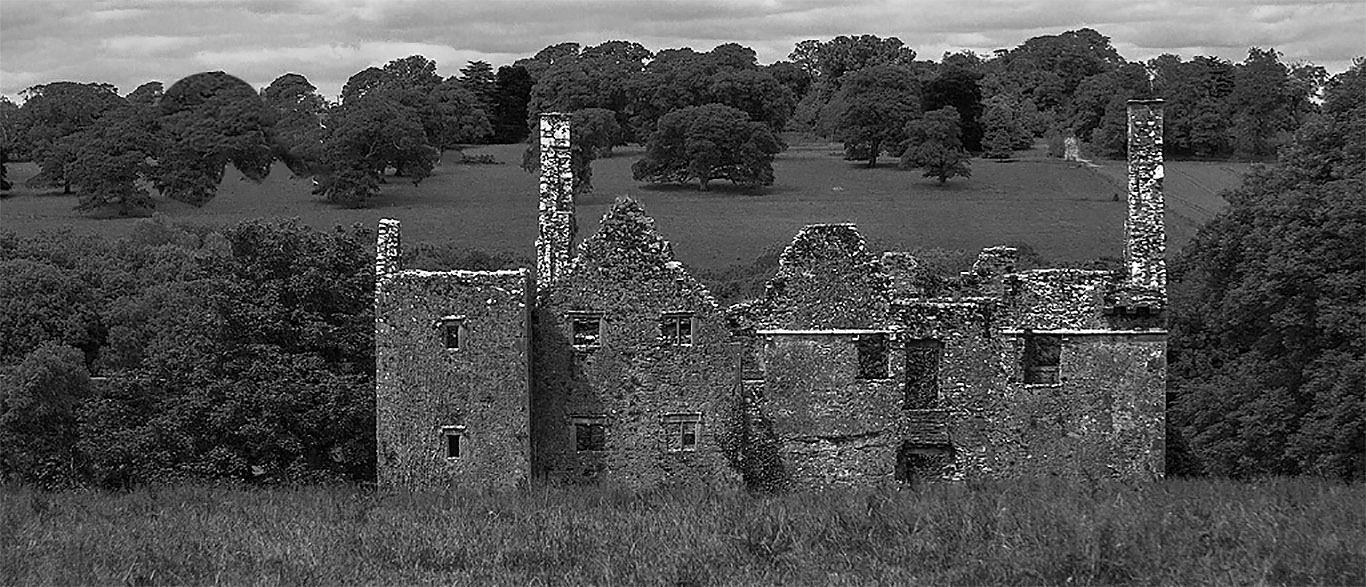
Clan Callaghan: The O Callaghan Family of County Cork garners strong review in National Genealogical Society Quarterly
The September 2021 issue of the National Genealogical Society Quarterly, one of the leading periodicals in the field, contains a very positive review of Professor Joseph A. O Callaghan ‘s 2020 revised edition of Clan Callaghan: The O Callaghan Family of County Cork. We have reprinted it in its entirety below.
Clan Callaghan: The O Callaghan Family of County Cork. Rev. ed. By Joseph F. O Callaghan, Published for Clearfield Company by Genealogical Publishing Company Inc.; 3600 Clipper Mill Road, Suite 229; Baltimore, MD 21211-1953; https://www.genealogical.com/; 2020. ISBN 978-0-8063-5916-8. xiv, 281 pp. Abbreviations, appendices, bibliography, illustrations, index, maps, tables. Paperback. $39.95.
A historical delight, Clan Callaghan offers a wondrous overview of this ancient clan in tandem with a collegiate-level dose of Irish history. Written in 2005 and revised in 2020, the author shares his lifelong labor of love. A historian at heart and vocation, his love for this family is clear, but becomes crystalline in the preface. This must-read section outlines the author’s motivation and the structure of his research. With refreshing candor, O Callaghan details potential shortcomings within his book. This admission makes his connection to the reader all the grander.
The story of the O Callaghans is woven into ten historical chapters, to the benefit of any Irish researcher, historical and genealogical. Although Cork is the clan’s county of origin, the book does not focus solely there. The work links almost every family whose line developed within the province of Munster, including the MacCarthys, FitzGeralds, McDonoughs, and O Keeffes, to name a few.
O Callaghan’s talent as a historian shines through as he portrays Irish history and legend during the Middle Ages. Next, the book explores the Tudor age and its impact on the clans of Ireland, shining a light on outside influences, not the least of which was England. O Callaghan covers every political and social force that impacted Irish society up to the twentieth century.
Family historians will be excited to learn of the sixteen genealogical tables beginning on page 230. Serious genealogists, however, may be disappointed when they realize the tables lack source citations and thus do not meet the Genealogical Proof Standard. It should offer a small degree of reassurance to know that O Callaghan distinctly identifies himself first as a historian. These charts, which start in 936 with the birth of Cellachån, king of Cashel, and end with the 2003 birth of Daniel O Callaghan in Philadelphia, nevertheless offer useful jumping off points for any Corkonian researcher. Researchers should be surprised and delighted to find the chart for the O Callaghan line who emigrated to Spain.
Perhaps most essential to genealogists are the family narratives presented throughout the book, but especially those within “The O Callaghan Diaspora” chapter. In these narratives the author demonstrates his greatest talent–connecting people within their historical time and place.
Bridget M. Sunderlin, CG
Timonium, Maryland




